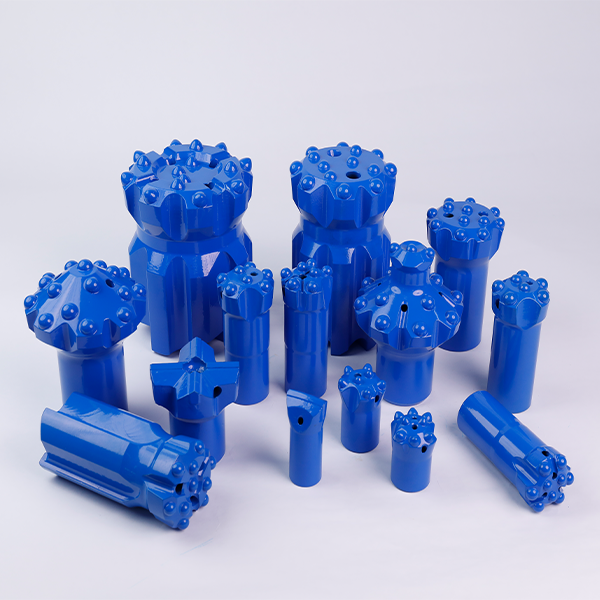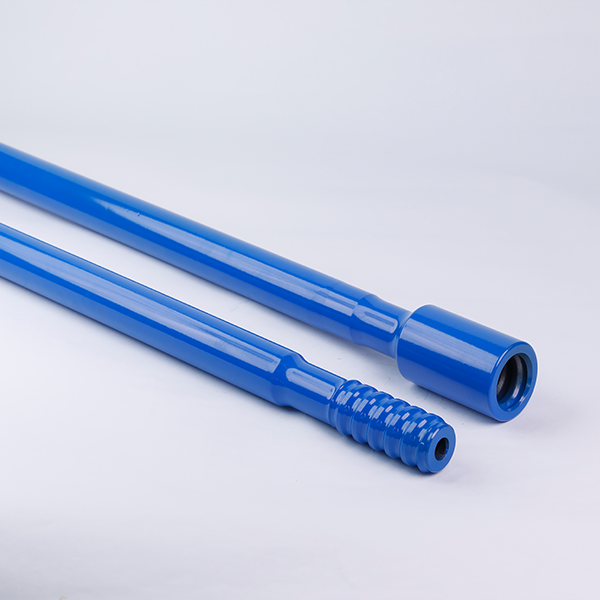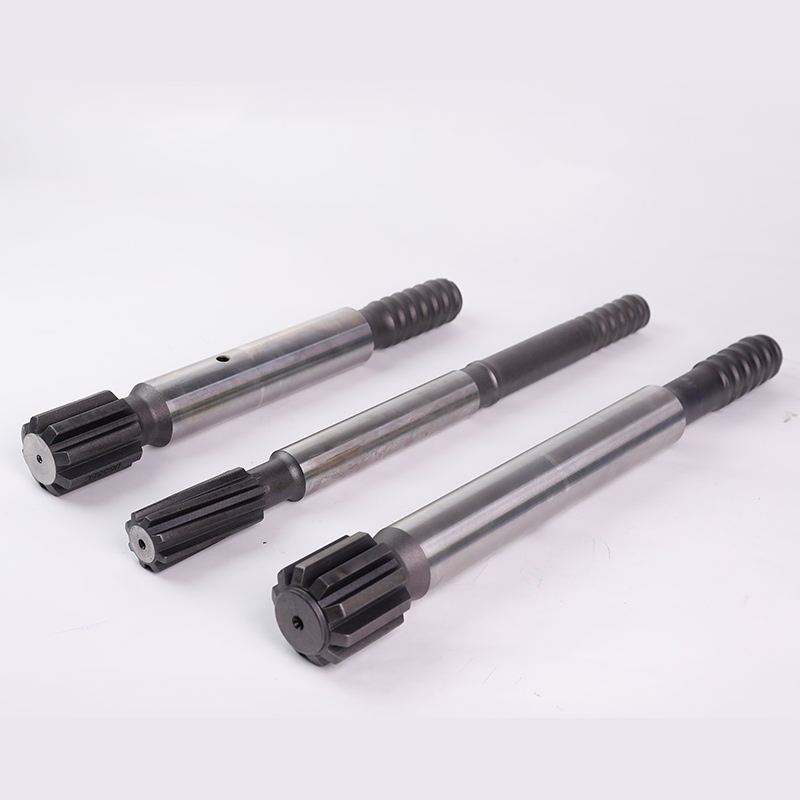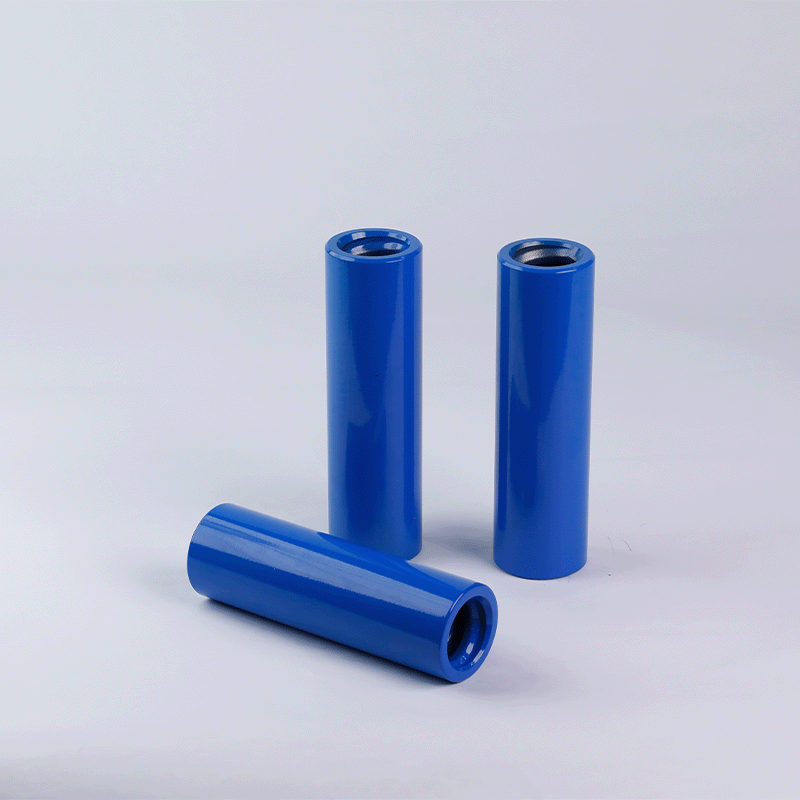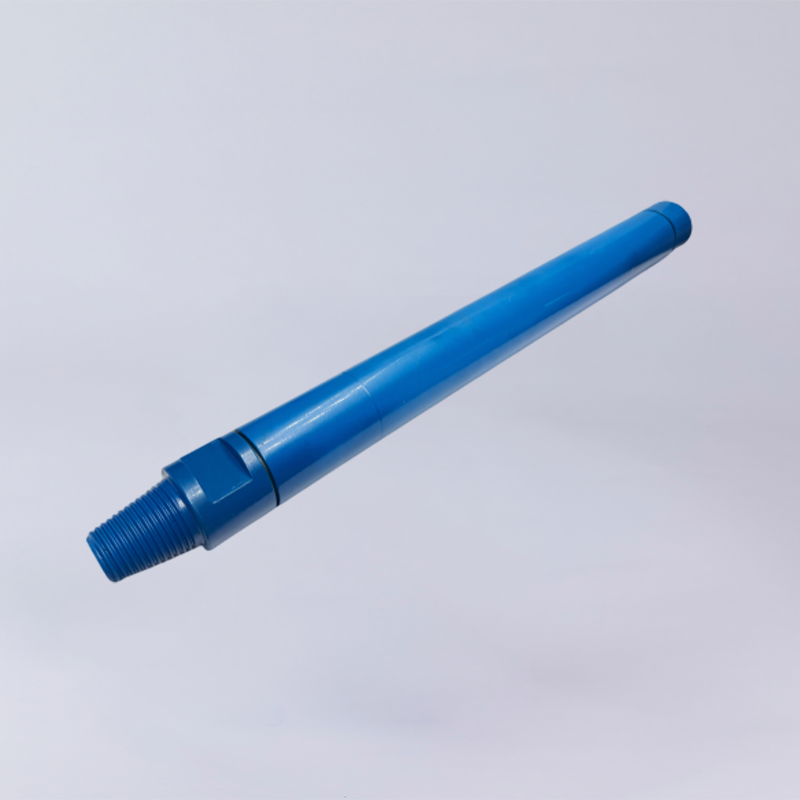In drilling operations, the down-the-hole (DTH) hammer is the core tool for penetrating hard rock formations. Selecting the correct hammer size is critical for improving drilling efficiency, controlling operating costs, and ensuring smooth project execution. An incorrect size selection may lead to reduced penetration rates, accelerated wear of drilling tools, or even downhole accidents such as jamming or buried hammers. This guide will provide a systematic and engineering-based approach to help you scientifically choose the most suitable DTH hammer size for your project.
1. What Defines the Size of a DTH Hammer?
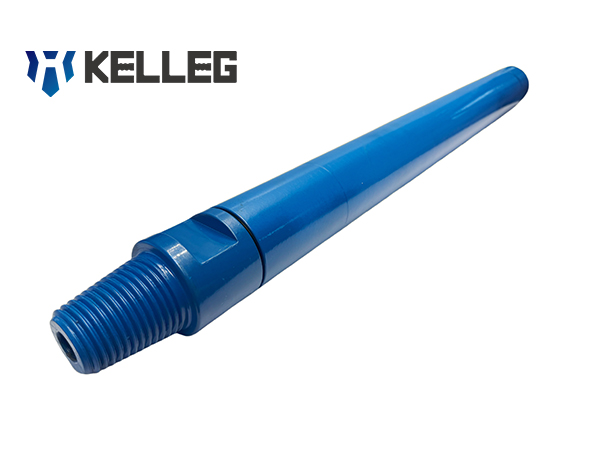
The “size” of a DTH hammer consists of several key parameters, not a single number.
1.1 Drilling Diameter
This refers to the final hole size, such as 4”, 5”, 6”, or 8”.
The hammer’s outer diameter must match the target hole size while maintaining adequate annular space for cuttings removal.
1.2 Hammer Outer Diameter
This is the maximum outer diameter of the hammer body.
It must always be smaller than the target hole size; otherwise, the hammer cannot operate properly inside the borehole.
1.3 Operating Pressure and Air Consumption
Hammers of different sizes must operate within specific pressure ranges (e.g., 1.0–2.5 MPa) and air volumes (e.g., 10–30 m³/min).
Larger hammers require higher pressure and higher air consumption.
1.4 Impact Energy and Frequency
Larger hammers deliver greater impact energy; smaller hammers typically have higher impact frequency.
The choice between energy and frequency depends heavily on rock conditions.
2. Recommended DTH Hammer Sizes for Common Applications
|
Application |
Typical Hole Diameter Range |
Recommended Hammer Size |
|
Small blast holes, exploration |
90–115 mm |
3–3.5 inch |
|
Small/medium water wells, quarries |
110–165 mm |
4–5 inch |
|
Deep water wells, coal-bed methane |
152–203 mm |
5.5–6 inch |
|
Large mine blast holes |
200–254 mm |
8 inch |
|
Pile foundation, anchoring |
254–406 mm |
10–12 inch |
|
Large-diameter water wells, dewatering |
400–600 mm+ |
15–30 inch or cluster |
3. How to Select the Proper DTH Hammer Size

Following these steps will significantly increase the accuracy of your selection:
3.1 Define Your Drilling Requirements
Include target hole diameter, depth, casing OD, and construction process requirements.
3.2 Evaluate Drilling Rig and Air Compressor Capacity
Ensure the rig provides adequate torque, feed force, and thread compatibility.
The air compressor must meet the hammer’s rated air volume and pressure.
3.3 Analyze Geological Conditions
Hard rock → requires higher impact energy → larger hammer
Fractured rock → larger hammers are more prone to jamming → smaller hammer is safer
3.4 Conduct a Cost–Benefit Analysis
Large hammers drill faster but consume more energy.
Smaller hammers are more economical but slower—choose based on project objectives.
3.5 Consult Professionals
Provide your drilling conditions to the hammer manufacturer or technical engineers for reliable recommendations.
4. Key Factors Influencing DTH Hammer Size Selection
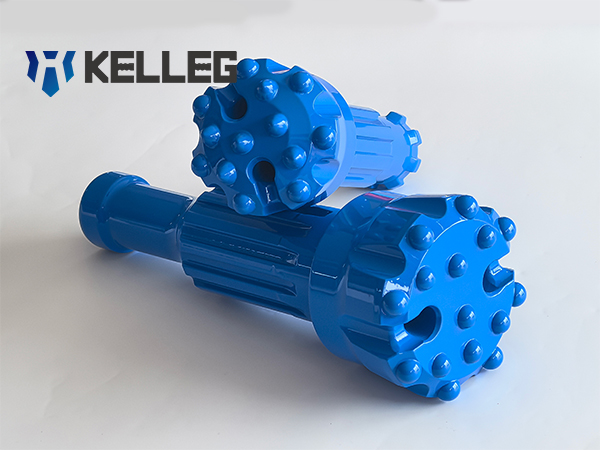
Drilling rig and air compressor capability:
A strict limitation. Never select a hammer that exceeds your compressor’s air supply capacity.
Rock characteristics:
Hard, abrasive rock requires larger hammers with higher impact energy and better wear resistance.
Drilling depth:
Deep holes benefit from larger hammers to maintain borehole stability and ensure effective cuttings removal.
Target productivity:
If maximum penetration speed is the priority, choose the largest size allowed by your equipment.
Project budget and operating costs:
Consider total costs including equipment purchase, fuel consumption, and wear-part replacement.
5. Why Choosing the Right Hammer Size Matters
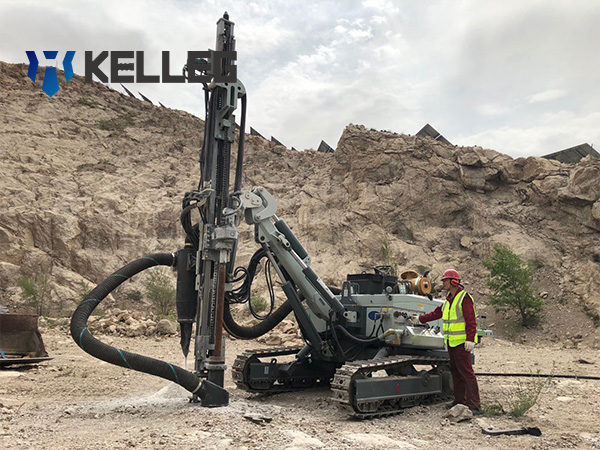
30%–80% increase in drilling efficiency:
A properly matched hammer operates at optimal impact frequency and energy.
Longer service life of drilling tools:
Proper annular clearance reduces abnormal wear, increasing bit life by over 50%.
15%–40% reduction in fuel consumption:
Airflow utilization improves and compressor load decreases.
Less deviation and better hole quality:
Correct hammer-to-drill-string matching results in straighter holes and better blasting or installation performance.
Reduced jamming and downhole accidents:
Smooth cuttings removal significantly lowers the risk of stuck hammers.
6. Conclusion
Selecting the appropriate DTH hammer size requires a comprehensive evaluation of technical parameters, equipment capabilities, and cost-effectiveness. There is no universal “best size”—the ideal choice depends entirely on your actual drilling conditions. By systematically analyzing drilling requirements, geological conditions, and equipment capacity—and consulting professionals when needed—you can identify the most suitable DTH hammer size and achieve efficient, safe, and economical drilling performance.

